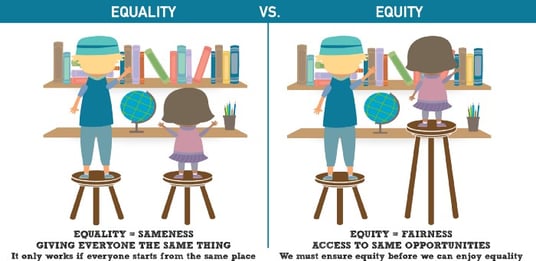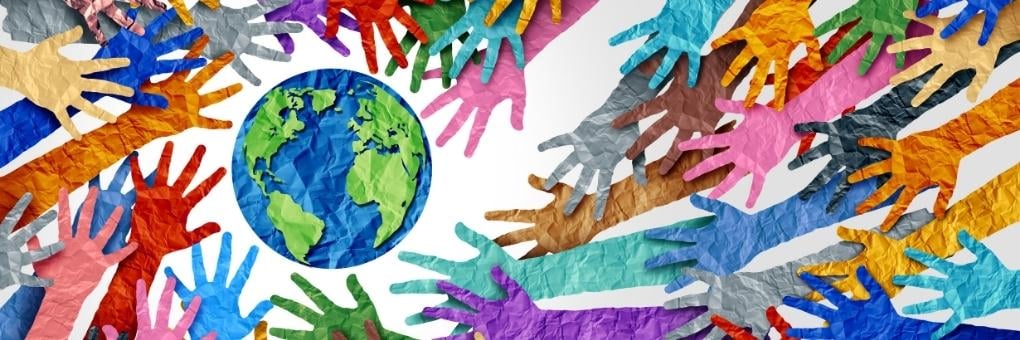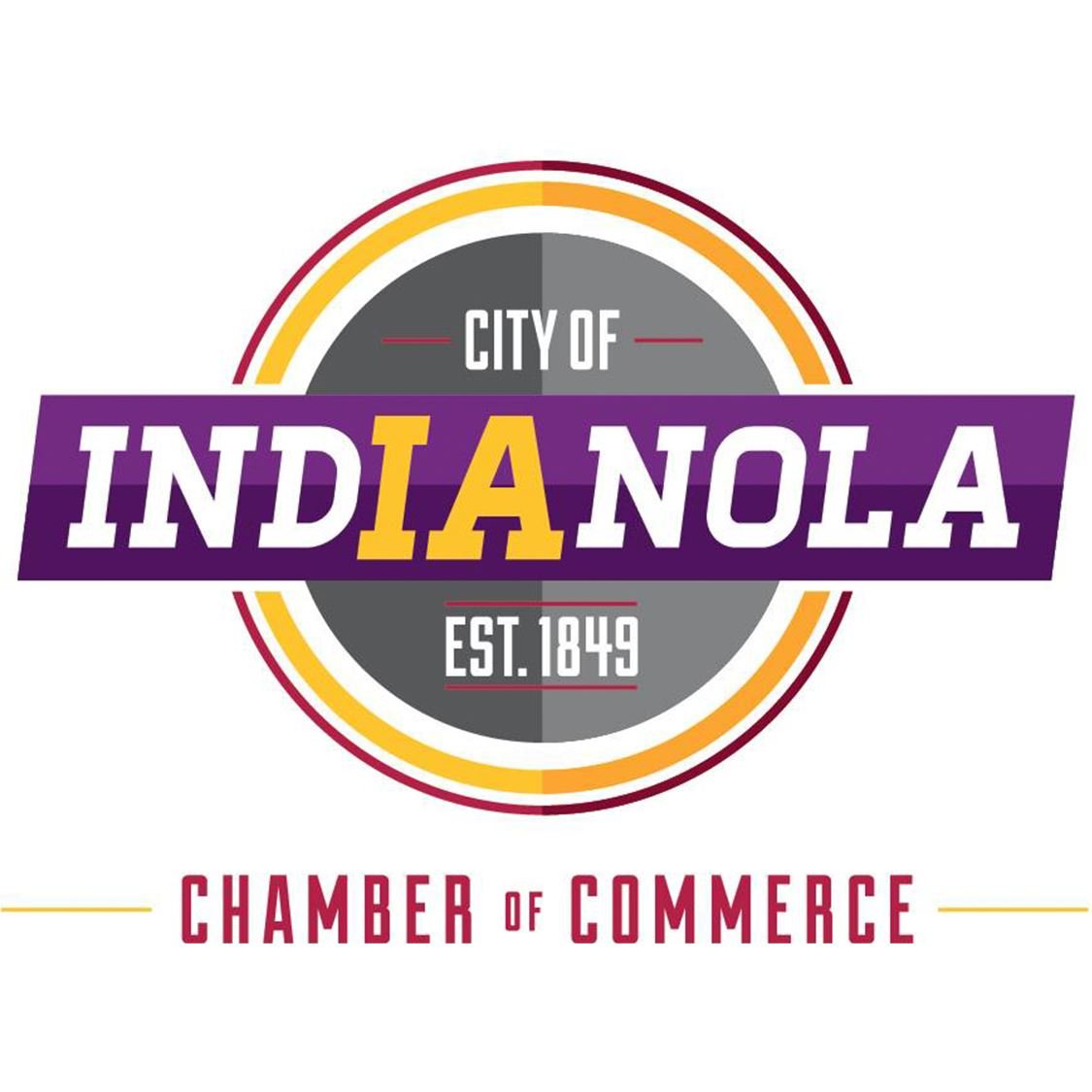Diversity, Equity, Inclusion, Belonging
As some of you may know, here at Your Clear Next Step, as part of our own commitment to continuous improvement, we launched a monthly, internal Diversity, Equity & Inclusion forum. Each month our staff and coaches have the opportunity to hear from speakers on varying issues and then engage in fruitful discussion with the presenter on how we as a team can continue to be a more inclusive workspace.
We are using the broadest definitions of these terms, including race, ethnicity, gender, sexual orientation, socio-economic status, age, physical abilities, religious beliefs, and political beliefs, with a conscious commitment to create spaces of belonging and opportunity within our own organization and, hopefully by modeling that, to encourage our clients and readers to do the same.
We’ve had a couple of speakers present to us specifically on defining terms such as diversity, equity, inclusion and bias. We learned about ways to combat ableism in the workplace, and more recently, a team member shared their international adoption story.
We’ve learned a lot, and we’re taking a lot to heart. What follows are a couple of things we’re working on for ourselves that we thought might also inspire you.
1 - Check Your Processes.
For example, if you become aware that your internal team does not include a lot of diversity, check your recruiting and hiring processes. Is there a chance that the way you go about posting your jobs, interviewing candidates, and hiring new employees is impacted by unconscious biases or by practices that need to be changed? Is there a chance that your processes exclude different groups? If so, it’s possible that the exclusivity was unintentional, but that doesn’t mean it’s okay. To be inclusive means we need to be intentional about getting rid of any barriers to inclusion, regardless of how those barriers got there in the first place.
2 - Check Your Space/Tools.
For example, are your workspaces - including restrooms! - accessible for those who need them? If you don’t have a wheelchair user in your workforce today, is that because your workspace isn’t conducive to wheelchairs? What kind of message does that send to your customers, potential employees, or potential business partners? We did a college visit a couple of years back, and my daughter was on crutches at the time. To access the main admissions building on campus, we had to go into a service entrance in the very back of the building, use a freight elevator, and then make our way through a storage closet out to the main space. A definite turnoff. That school dropped off the list, almost immediately.
3 - Check Your Words.
Words and language matter. A lot. Pay attention to the words and conversations taking place around you. Hopefully words and messages that offend have been rooted out, but are you sure? In the conversation about disabilities, we learned that some people prefer person-first vocabulary and some people prefer identity-first vocabulary - and that using one or the other without asking first, can be offensive. If you have someone from the disability community who works with you, are you using the language they prefer?
And how about the conversations themselves? Just recently I watched a dozen or so small-groups work on a task, and was astounded at the number of times the lone woman in each group was asked to take the notes for the group because she would have “nicer handwriting.” I know plenty of women with no-so-nice handwriting and plenty of men with phenomenal handwriting. It felt like a punch to the gut for women everywhere - “you take the notes” can come across as putting someone in an inferior place - a scribe rather than a contributor.
4 - Check Your Flexibility.
To help explain equity, one of our presenters used the word picture of a marathon. When lining up for a marathon, most runners and observers don’t get worked up when the fastest runners who are actively racing for the win get put to the front and the walkers who are hoping to just complete the course (however long it takes) get started behind the fastest runners. Each group gets the start they need to accomplish what they’re trying to accomplish.
 We can see this with the widely-seen meme of watching a game from behind a fence: equality is when all observers, regardless of height, get the same sized box to stand on, and equity is when all observers get the boxes they need to be able to see. Since that meme introduces the question about whether they should be standing outside the fence watching the game or be invited in, let me share this one instead. As you look at your policies, procedures, and practices within your team and your organization, are they rigid, where each person gets exactly the same thing, or are they flexible, allowing each person to get what they need to access the same opportunities?
We can see this with the widely-seen meme of watching a game from behind a fence: equality is when all observers, regardless of height, get the same sized box to stand on, and equity is when all observers get the boxes they need to be able to see. Since that meme introduces the question about whether they should be standing outside the fence watching the game or be invited in, let me share this one instead. As you look at your policies, procedures, and practices within your team and your organization, are they rigid, where each person gets exactly the same thing, or are they flexible, allowing each person to get what they need to access the same opportunities?
I have long believed we’re better together, and that a diversity of thought, perspectives, experiences, and cultures is a beautiful and powerful thing. Diversity in and of itself, though is not enough. Beyond that, we need to create equity so that all members of our team and all of our customers have access to the training and coaching services we offer. Inclusion is when we intentionally bring others into the discussion, where we intentionally create workplaces and conversations and opportunities that are not exclusive. And belonging is the feeling these efforts create in our employees and customers.
How about you? Where are you on your DEIB journey? If you haven’t started yet, it’s time. Start somewhere.








